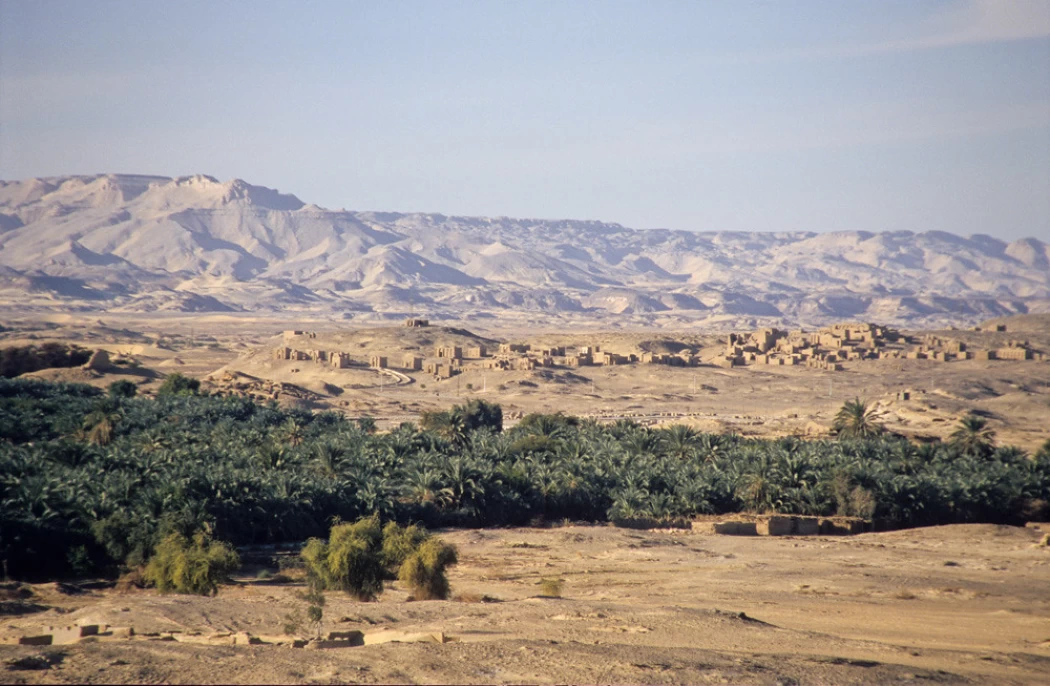
Discover the Cemetery of Bagawat in Kharga Oasis
The word " jabwat "is the pronunciation of the people of the valley for the word" vaults "plural" cellar", which is a reference because all the tombs of the Coward are topped by domes, which are built of adobe bricks, and their great importance is that they date back to the early Christian era, where the Copts of Egypt.
This coward with its existing streets and structures resembles an abandoned city, and it contains 263 structures, most of which are decorated from the outside and their domes are decorated with various scenes from the Torah in addition to Christian scenes, and these scenes are distinguished by their bright colors painted in the Fresco way – mixing colors with water for painting – a method of rapid erosion and extinction, hence the importance of the cowardice, which was able to continue throughout these centuries with the help of the dry.
The most important archaeological elements of the pagodas are: the peace shrine, the exit shrine, and the church. The "peace shrine" was so named because the symbol of peace is depicted on the dome of the shrine. This shrine is the most famous shrine for art students. It is called the "Byzantine cemetery" by European researchers, as for the "exodus shrine", it depicts the story of the exodus of the Israelites from Egypt tracked by Pharaoh with his soldiers, and also depicts some brightly colored drawings that represent some stories quoted from the Old Testament book, such as the story of Noah.
This phenomenon abounds on the walls of tombs decorated with pictures or plastered with mortar. There are a total of 63 scribbles, most of which are written in Arabic, 29, while Greek scribbles are 19, Coptic 12, and Arabic writings begin since the ninth century AD, and Next to the gates, the remains of Ain SAF dwellings were revealed, which were the main dwellings of the pagodas. As for the church, it is located in the middle of the cowardice and overlooks the old town of Kharga, and it consists of three corridors, and it is likely that the time of its construction dates back to the fifth century AD.















